The culinary world is constantly evolving, with innovative techniques and futuristic popping up in restaurants across the globe. But, chefs are going old-school and using trusted techniques from the past. We take a look at 23 classic cooking techniques that are big again in 2024:
Fermentation

Fermentation is an ancient method of preserving food that’s now used to create in-depth flavors in foods like kimchi, sauerkraut, and sourdough bread. The fermenting process enhances the flavors of basic foods like cabbage but also offers health benefits as it produces probiotics, live bacteria that aid digestion.
Pickling
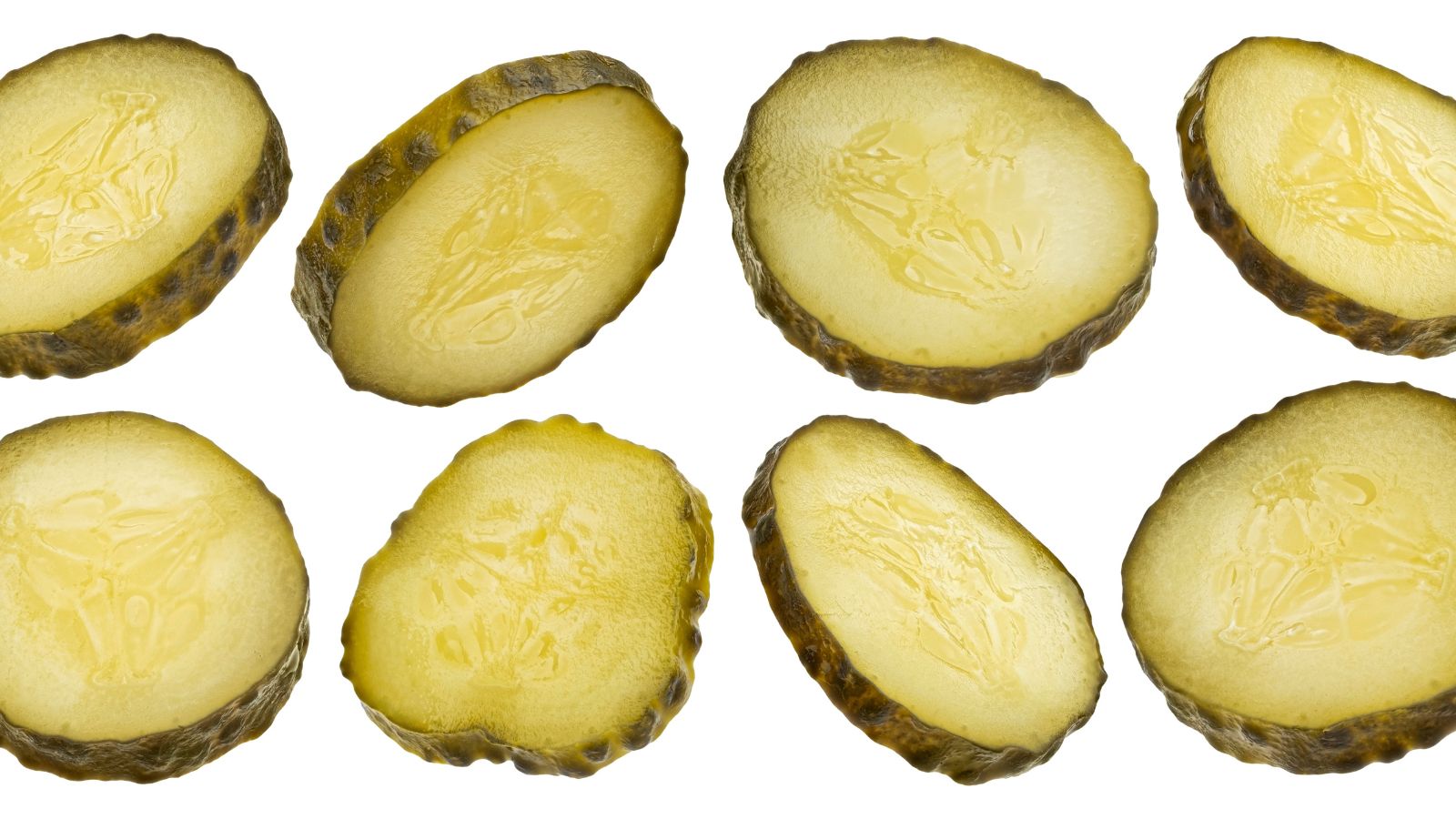
Pickling is a traditional technique that involves preserving food in vinegar or brine. It was once used to keep food for as long as possible when supplies were low, but it has gained popularity for its ability to add tangy, vibrant flavors to bland vegetables and fruits.
Smoking
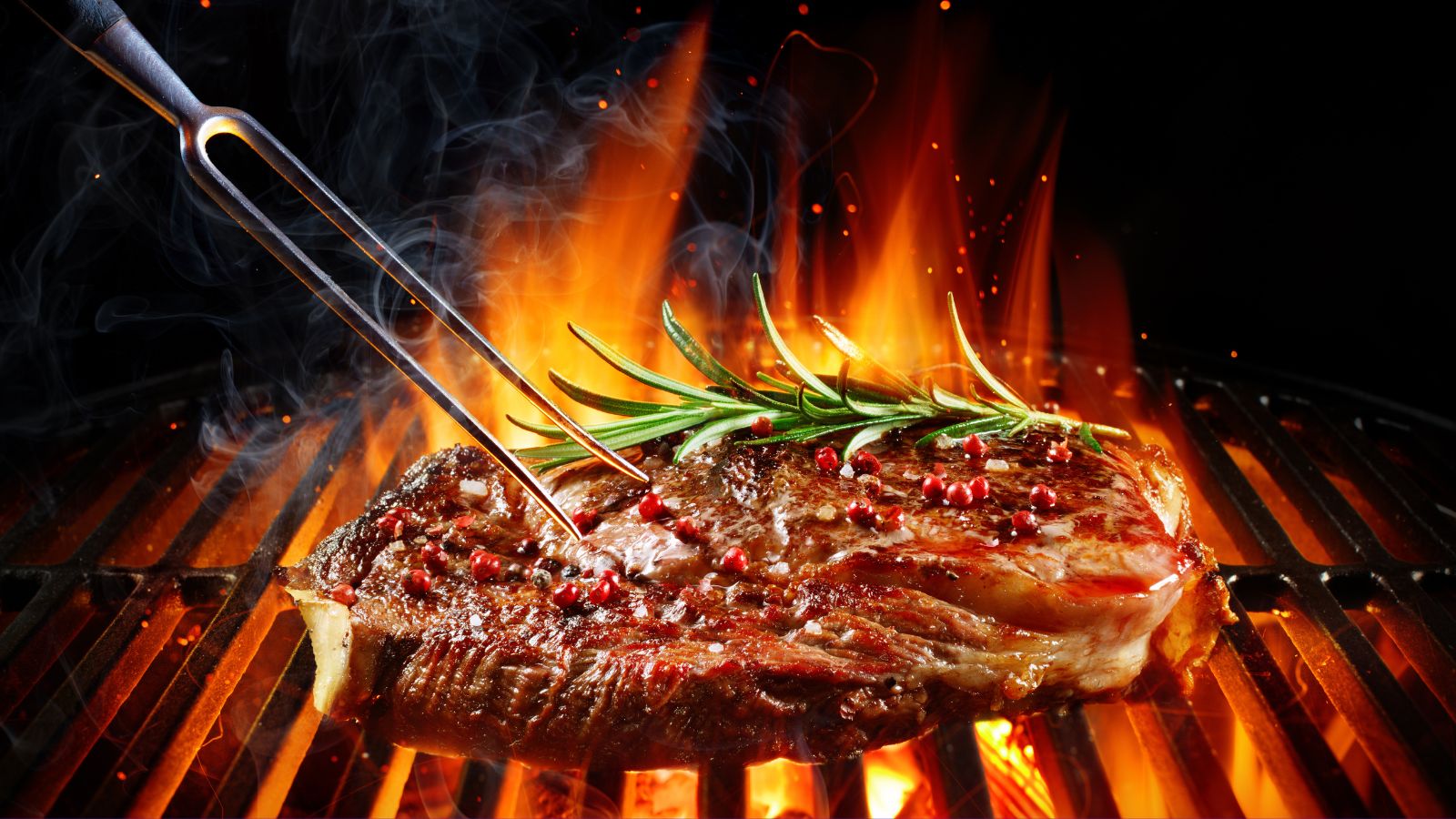
Smoking food adds a rich, smoky flavor that can’t be replicated by any other method. From meats to cheeses and even cocktails, chefs around the world are embracing smoking for various gourmet creations.
Braising

Braising involves cooking meat slowly in a covered pot with a small amount of liquid. The braising technique is great for tenderizing tougher cuts of meat, such as beef shin, and infusing them with deep flavors.
Sous Vide
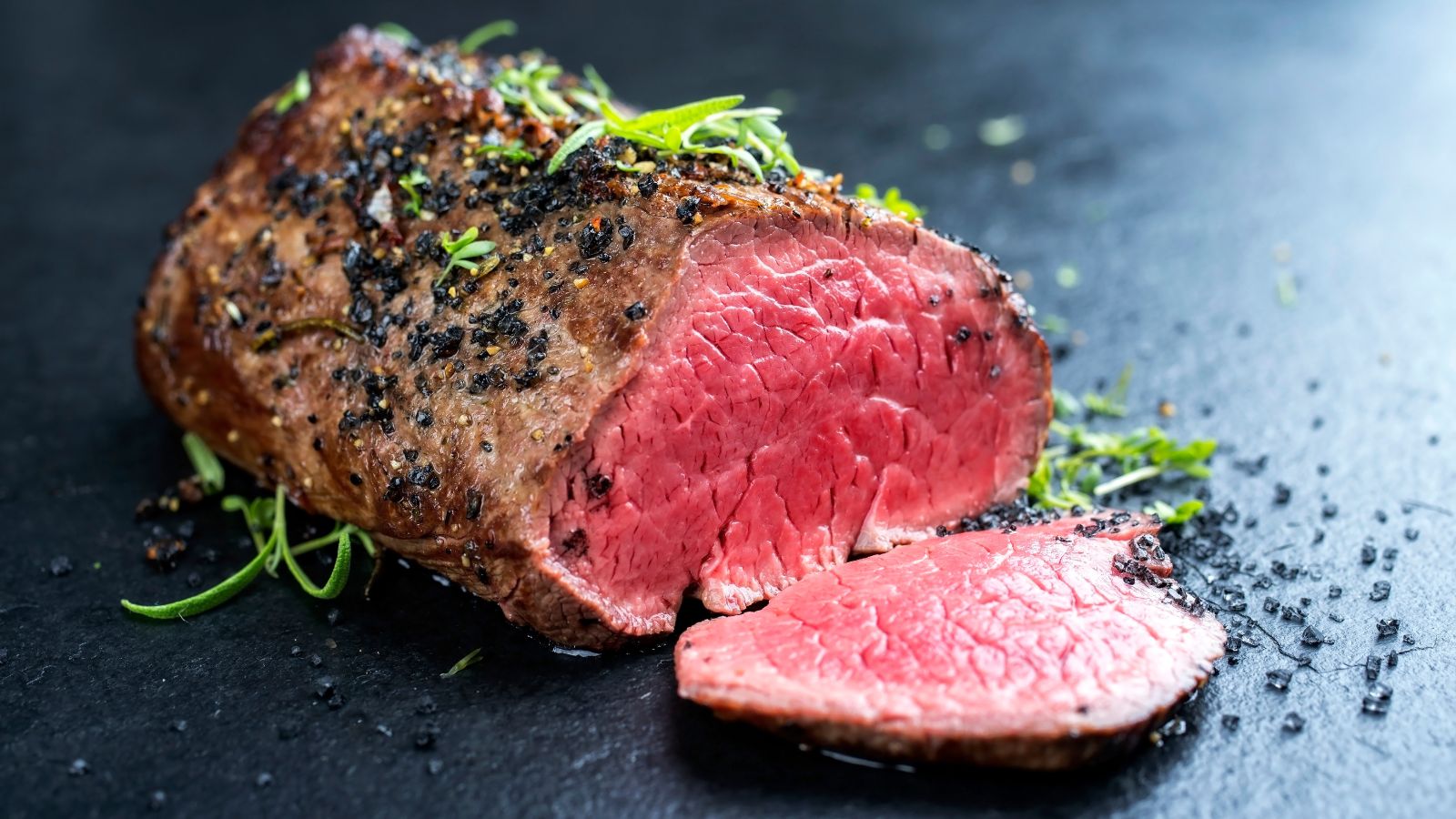
Though not entirely traditional, sous vide is a classic chef technique that is now experiencing a revival after going out of fashion. It involves vacuum-sealing food and cooking it in a water bath at precise temperatures, ensuring perfectly cooked and tender results. Some chefs use this technique to get the perfect level of tenderness and finish off in a pan to add extra flavor to their meat.
Slow Roasting
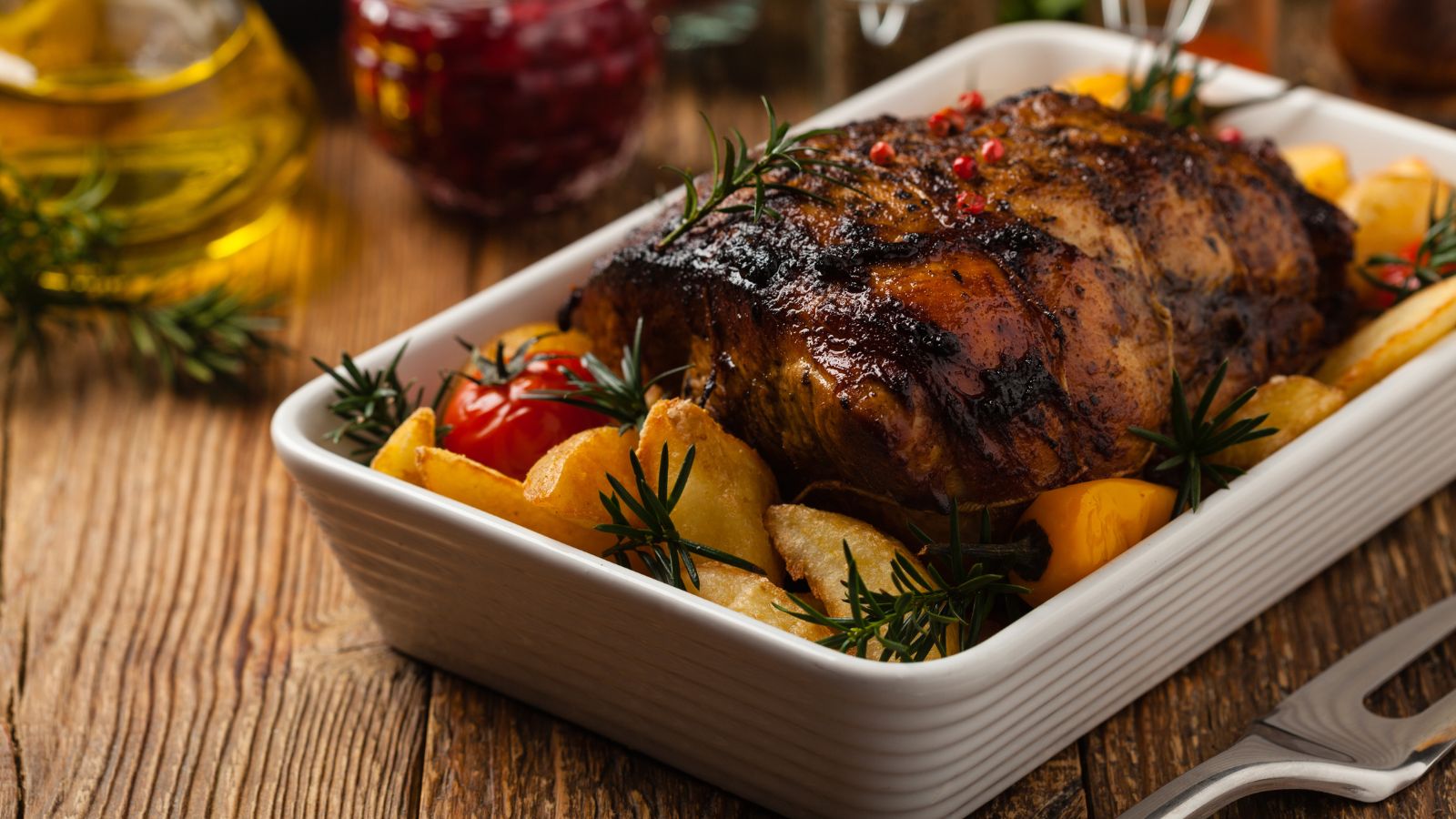
Slow-roasting meats and vegetables allow flavors to develop fully and textures to become as tender as possible. Slow roasting is particularly popular for succulent roast beef and pork or for perfectly cooked root vegetables.
Curing
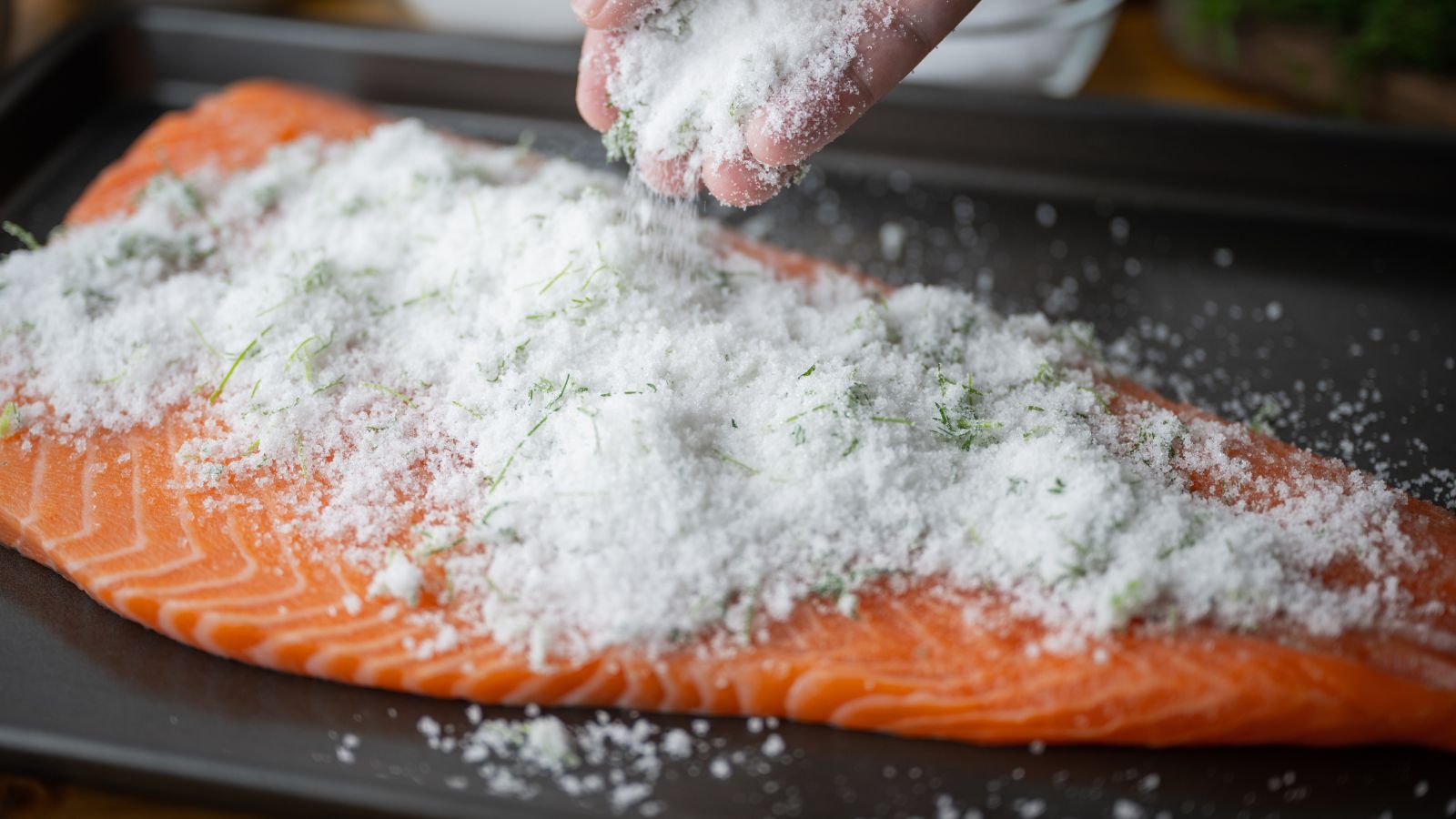
Curing is a method of preserving meat using salt, sugar, and other spices. It is back in trend. Chefs are curing their own meats, such as prosciutto and pancetta, to add a personal touch to their menus rather than buying mass-produced charcuterie.
Baking in Clay
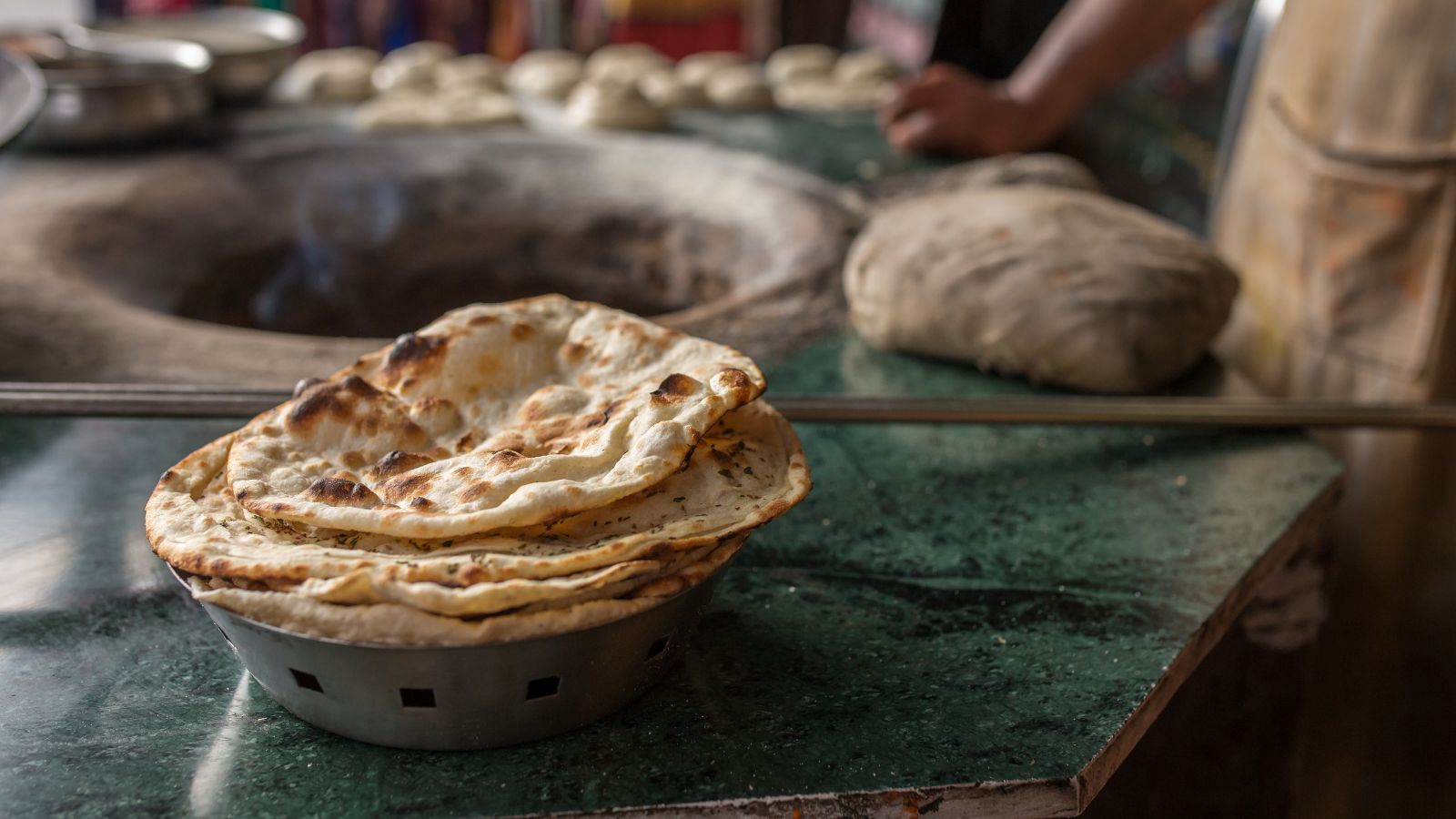
Cooking food wrapped in clay or encased in a clay pot is an ancient technique that seals in moisture and enhances natural flavors. This method is being revived for dishes like clay-baked chicken and fish or Moroccan stews and tagines.
Grilling on Open Flame

Grilling over an open flame is one of the oldest cooking techniques that’s making a comeback in high-end kitchens. Cooking this way gives chefs the ability to add a distinct charred flavor to meats and vegetables.
Using Cast Iron

Cast iron cookware retains heat to very high temperatures so they’re perfect for achieving a good sear on meats and vegetables. Chefs are returning to this versatile cookware for its ability to produce evenly cooked, flavorful dishes that taste great but look good too.
Making Stock from Scratch
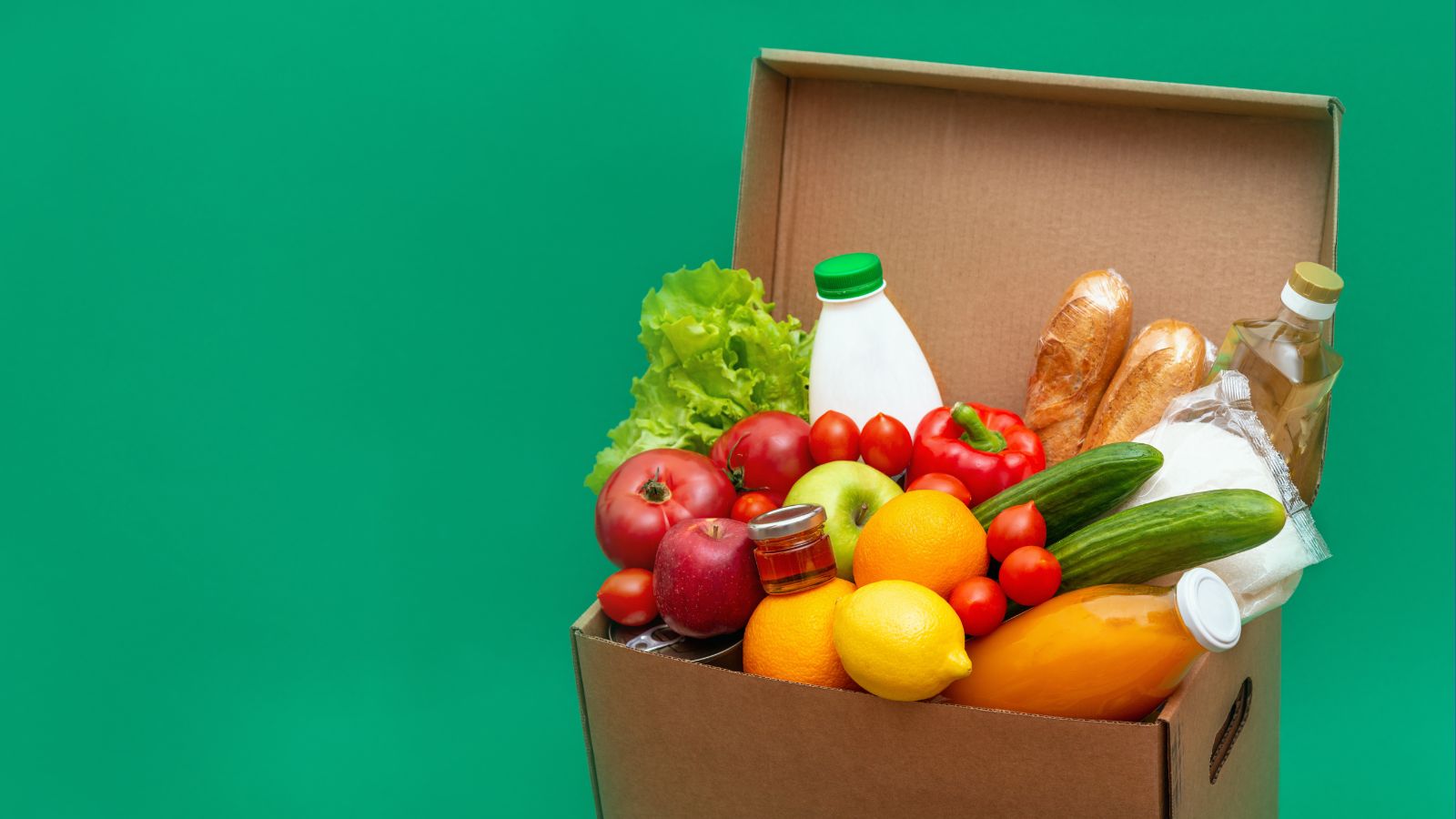
Homemade stock, made by simmering bones, vegetables, and herbs, provides a rich base for soups, sauces, and stews. Chefs are revisiting this foundational technique to enhance the depth and complexity of their culinary creations, and it also uses up lots of scrap vegetables and peelings.
Open-Hearth Cooking
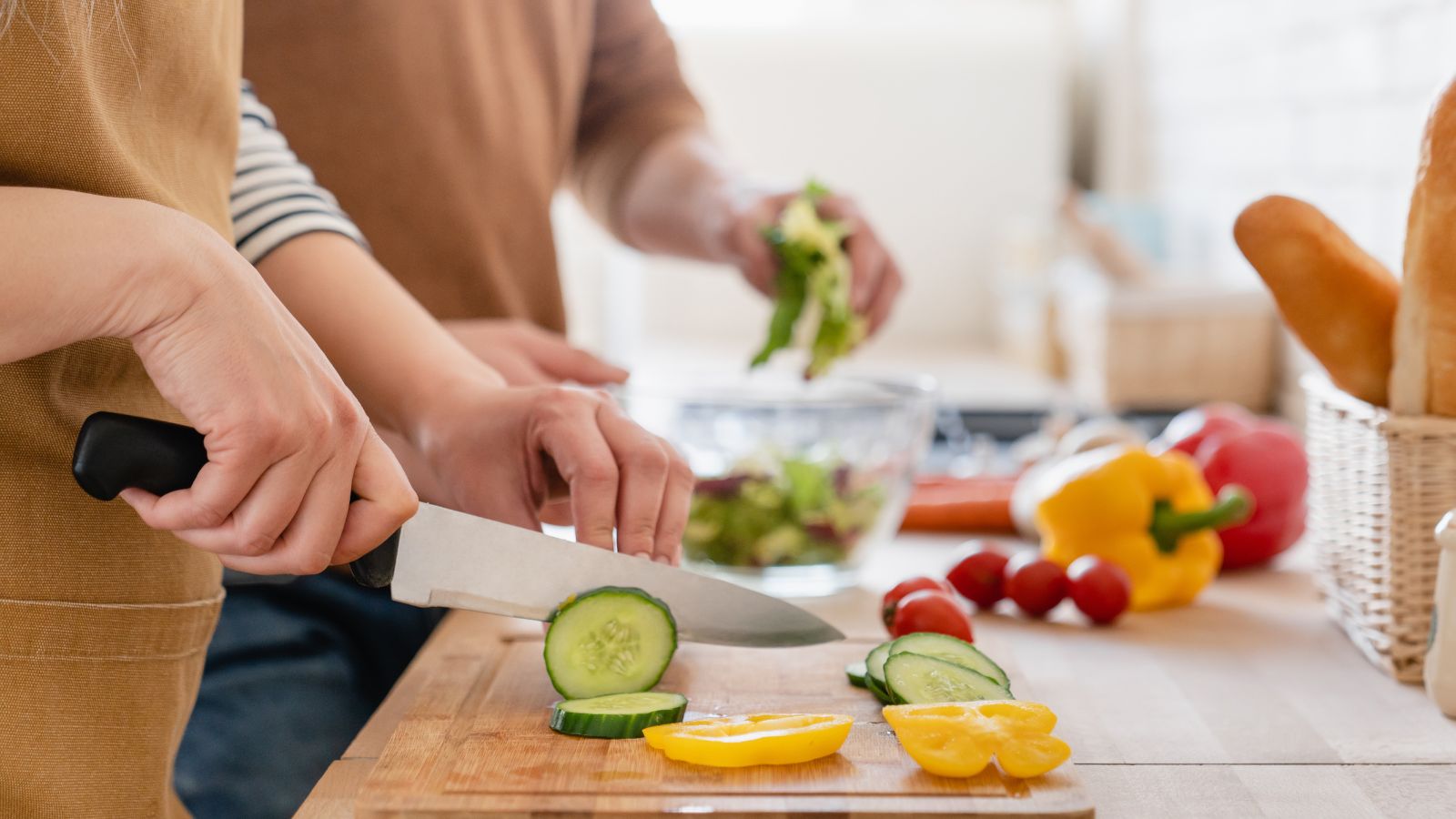
Cooking over an open hearth is a medieval technique that’s now being revived for its ability to produce uniquely flavored dishes. This method involves using wood fires to cook food in a rustic manner, with chefs using different types of wood to add unique flavors.
Dry Aging Meat

Dry aging meat, particularly beef, intensifies the flavor and tenderness of the meat. This technique, which involves aging meat in a controlled, refrigerated environment, is being embraced by gourmet chefs for its strength of flavor.
Using a Mortar and Pestle
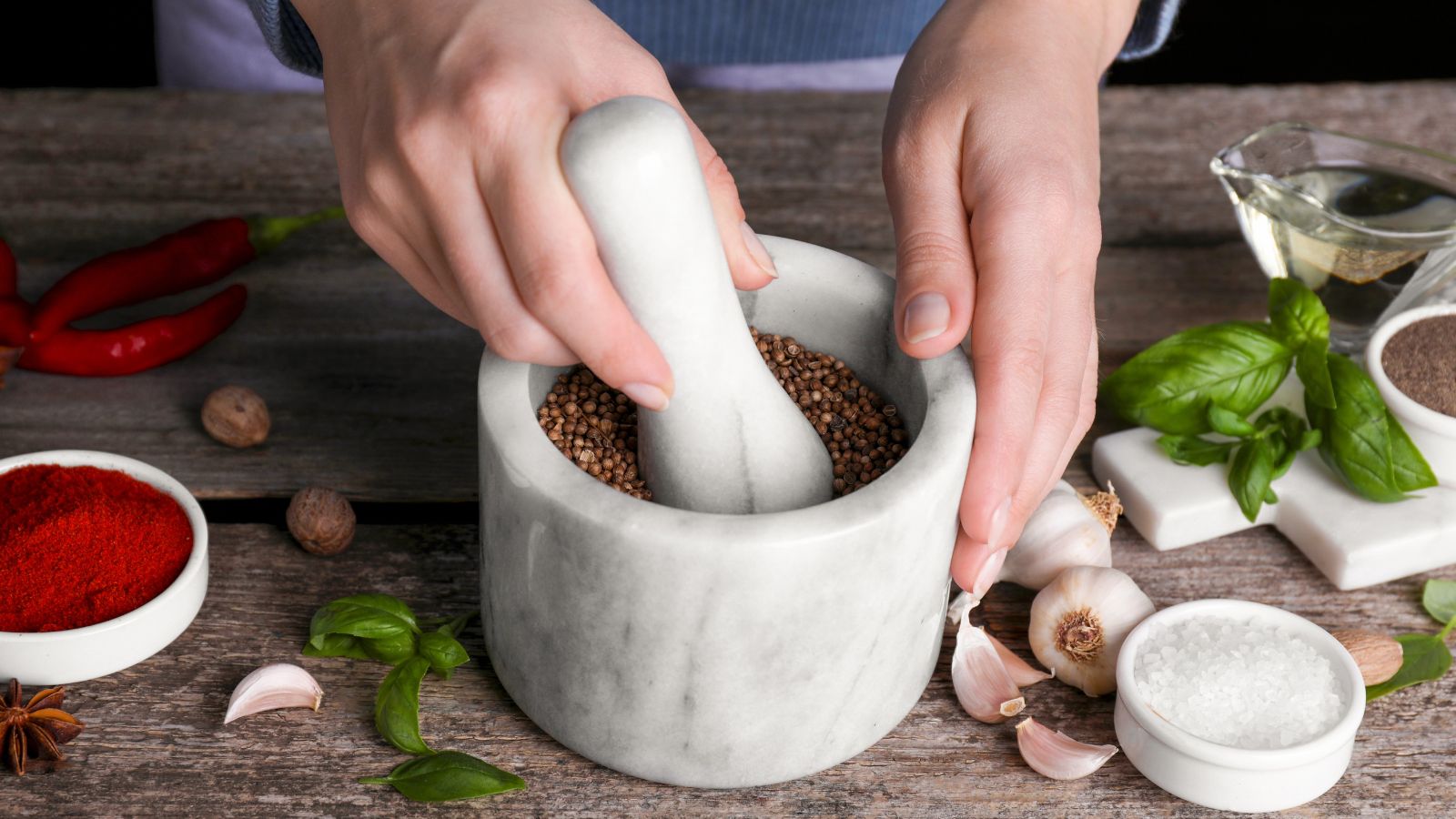
Grinding spices and herbs using a mortar and pestle releases oils and flavors that are often lost in mechanical grinding. This classic tool is making a comeback for its ability to produce fresher, more aromatic seasonings than when spices are put in modern grinders.
Hand-Rolling Pasta
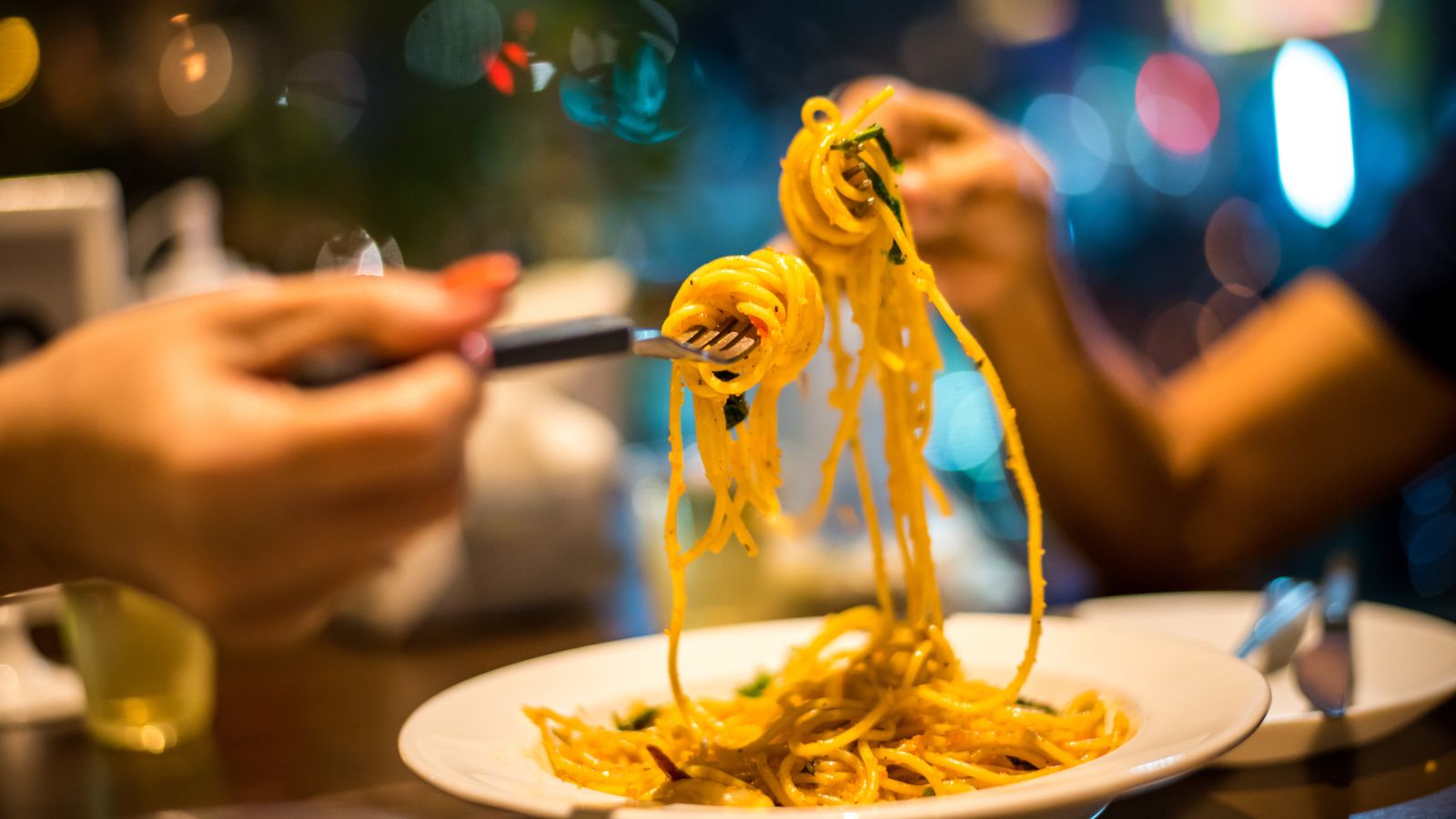
Hand-rolling pasta produces a more delicate texture and allows for the creation of various shapes and styles. Chefs are returning to this artisanal technique to produce high-quality, homemade pasta dishes that truly stand out on their menus.
Traditional Butchery
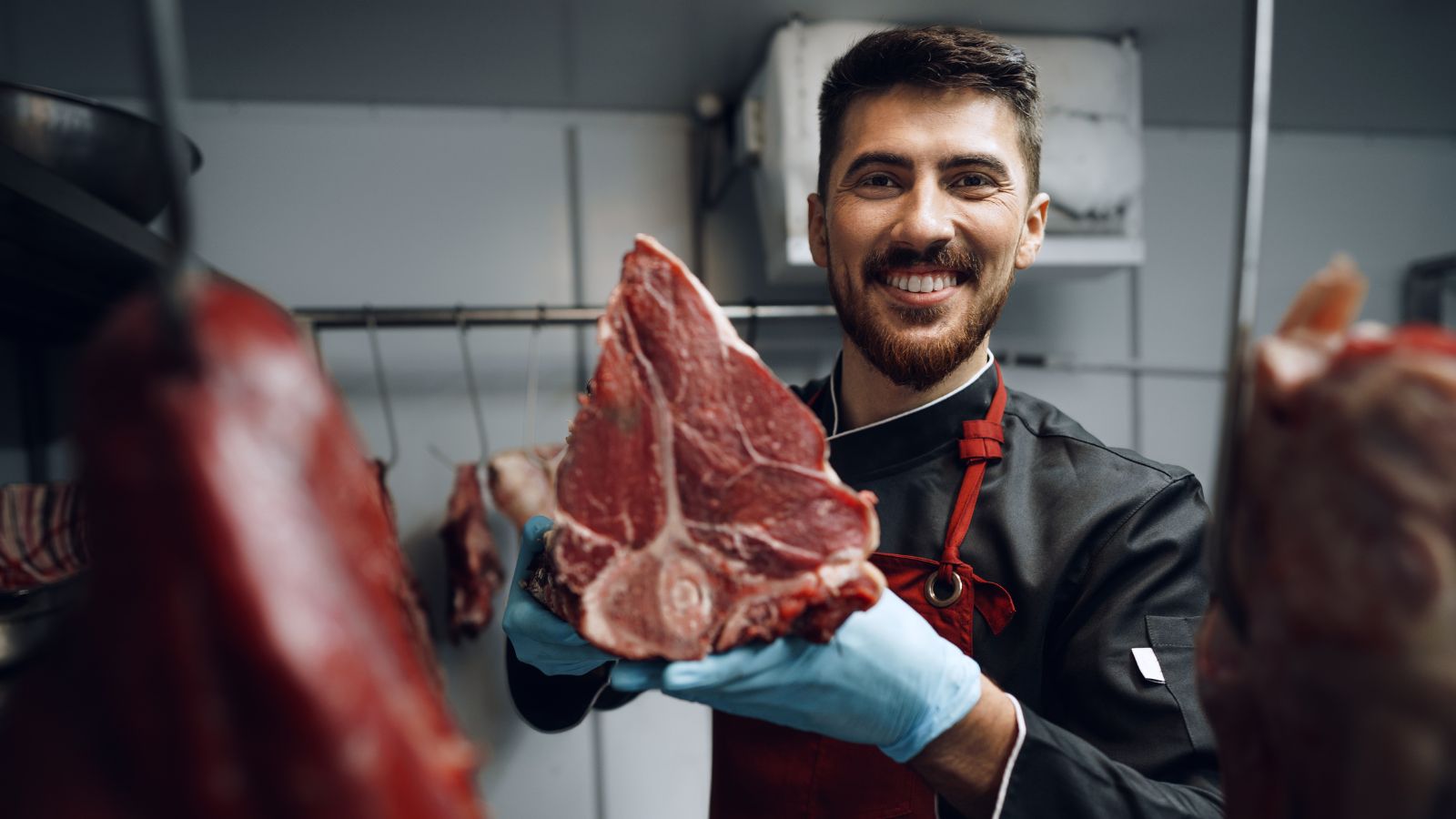
Butchering meat in-house allows chefs to utilize the whole animal, promoting sustainability and allowing for creative use of different cuts. This practice is being revived in gourmet kitchens to ensure quality and freshness and gain major sustainability points.
Baking with Sourdough
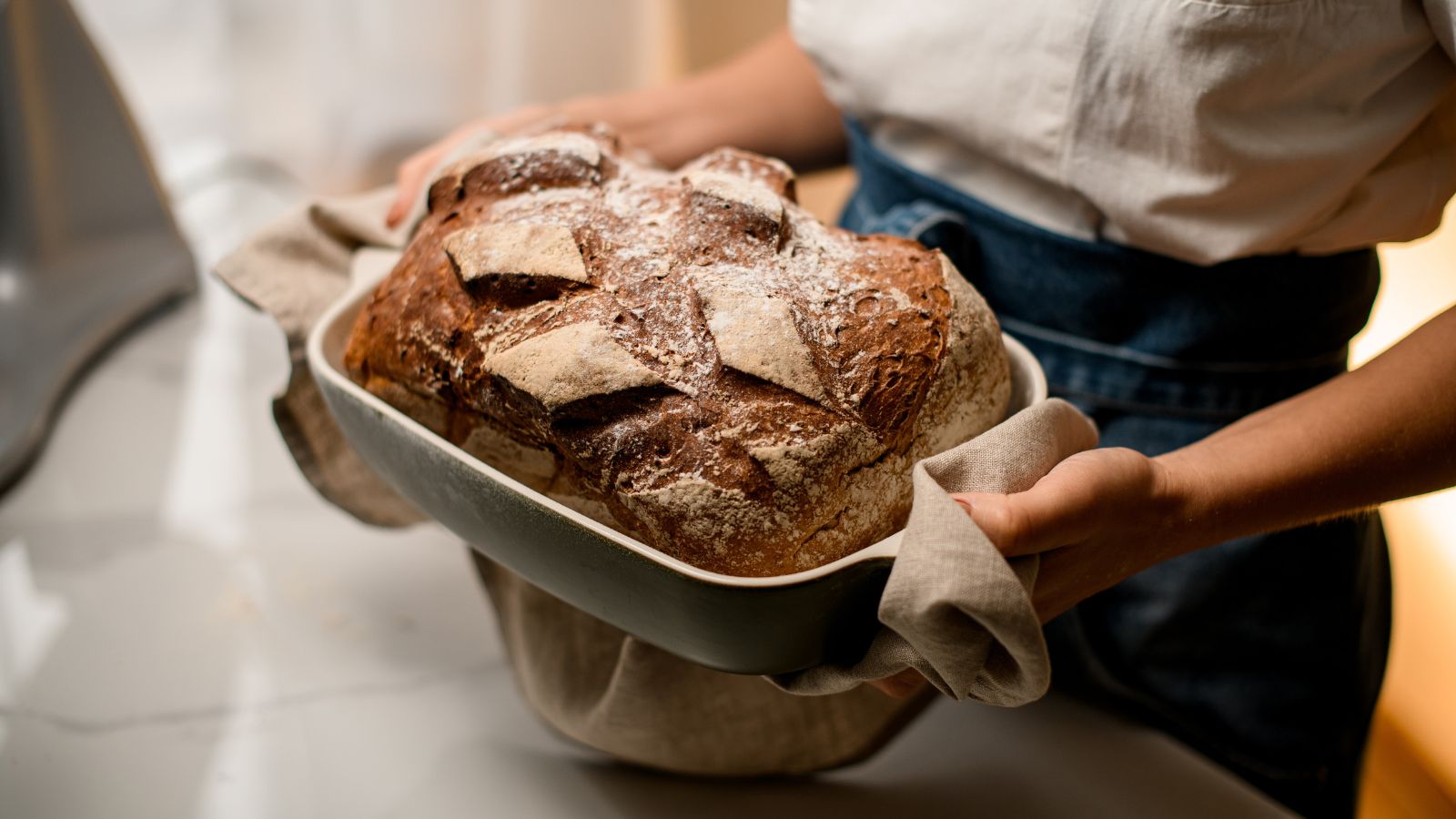
Sourdough baking, which relies on natural fermentation, creates bread with a distinctive tangy flavor and chewy texture. This method is being embraced by bakers and chefs for its superior taste and added health benefits.
Using Wooden Utensils

Wooden utensils are non-reactive and gentle on cookware, making them ideal for delicate tasks. Chefs are returning to these traditional tools for their functionality and classic aesthetic appeal.
Open-Pit Barbecue

Open-pit barbecue, which involves slow-cooking meat over a wood fire, is known for producing incredibly tender and flavorful results. This method is popular among chefs who want to return to simpler ways of cooking that produce great food every time.
Charcoal Grilling

Grilling over charcoal gives a unique flavor that gas grills can’t replicate. Chefs are bringing back this method as diners are looking for food they know and trust when money is tight, and they can’t afford to experiment with new flavors.
Cold Smoking
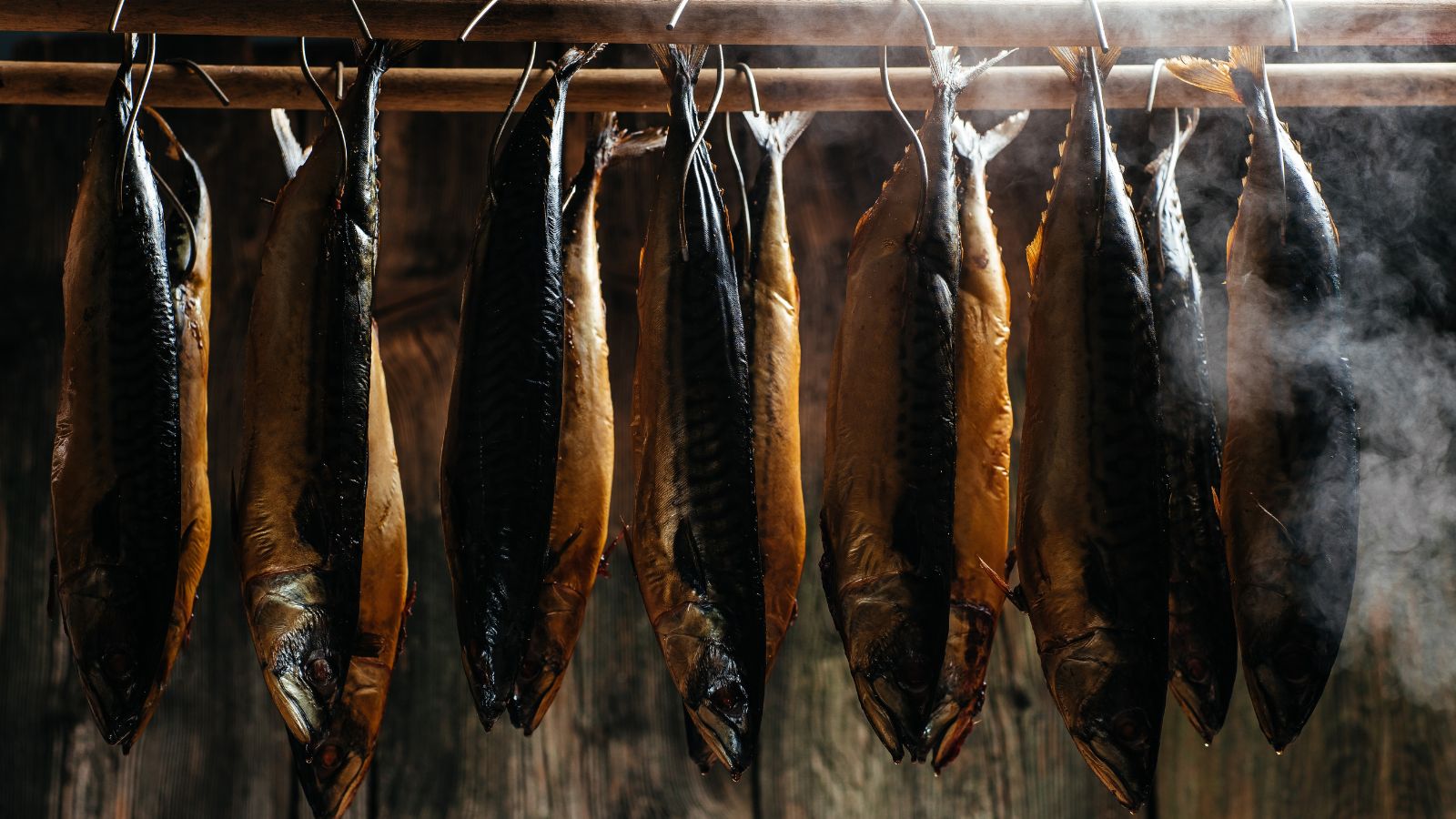
Cold smoking is a process that flavors food without cooking it and is often used for foods like smoked salmon and cheese. This technique is making a comeback for its ability to add depth and complexity to various foods without too much expense.
Using Terracotta Cookware
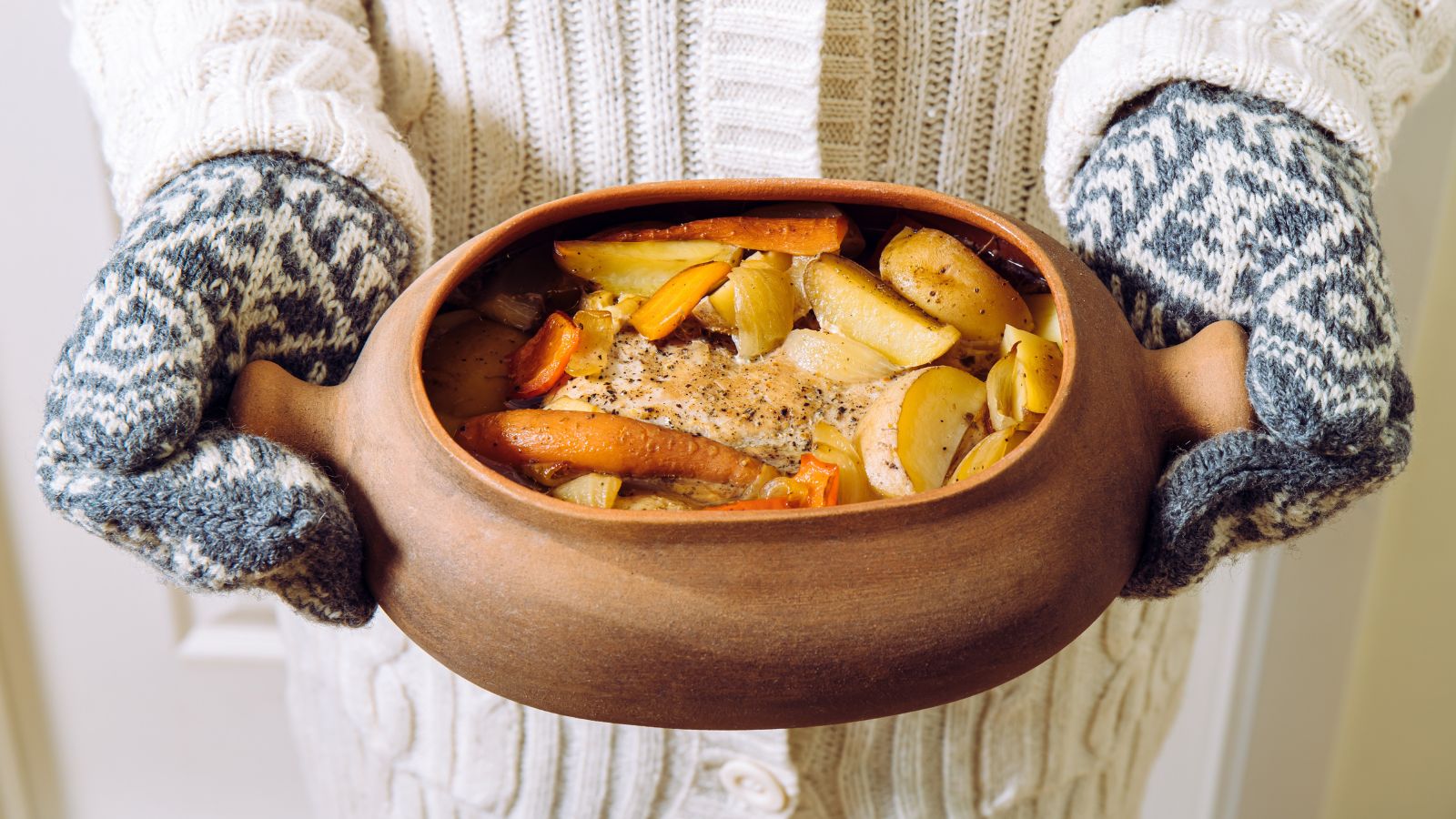
Terracotta cookware retains moisture and heat, making it the perfect way to slow-cooked stews and casseroles. Chefs and home cooks are giving this cookware a new lease of life as they embrace cheaper cuts of meat that need more time in the oven to tenderize.
Making Jam and Preserves

Creating homemade jams and preserves allows chefs to capture the essence of seasonal fruits. This technique is being revived for its ability to produce delicious, natural spreads and fillings and supports the growth of home made fruits and vegetables in gardens or allotments.
The 10 Most Reliable Car Brands According to Mechanics
![]() When choosing a car, one of the most crucial factors is reliability. But what exactly does it mean when we say a car is reliable? Reliability refers to the vehicle’s ability to perform consistently well over time with minimal issues. A reliable car requires fewer repairs, is cost-effective to maintain, and offers peace of mind to the owner. In this article, we delve into the ten most reliable car brands according to mechanics, explaining why these brands are trusted and highlighting endorsements from institutions, car experts, and reputable websites. The 10 Most Reliable Car Brands According to Mechanics
When choosing a car, one of the most crucial factors is reliability. But what exactly does it mean when we say a car is reliable? Reliability refers to the vehicle’s ability to perform consistently well over time with minimal issues. A reliable car requires fewer repairs, is cost-effective to maintain, and offers peace of mind to the owner. In this article, we delve into the ten most reliable car brands according to mechanics, explaining why these brands are trusted and highlighting endorsements from institutions, car experts, and reputable websites. The 10 Most Reliable Car Brands According to Mechanics

Abhishek Ragunath is specialized writer for Trendonomist focusing on topics related to Investing, Money, Technology, Marketing and everything in between. He enjoys hiking, travelling, and is a self proclaimed foodie! He has written for brands including Hashtag Investing, Motely Fool, WallstreetZen & More.
